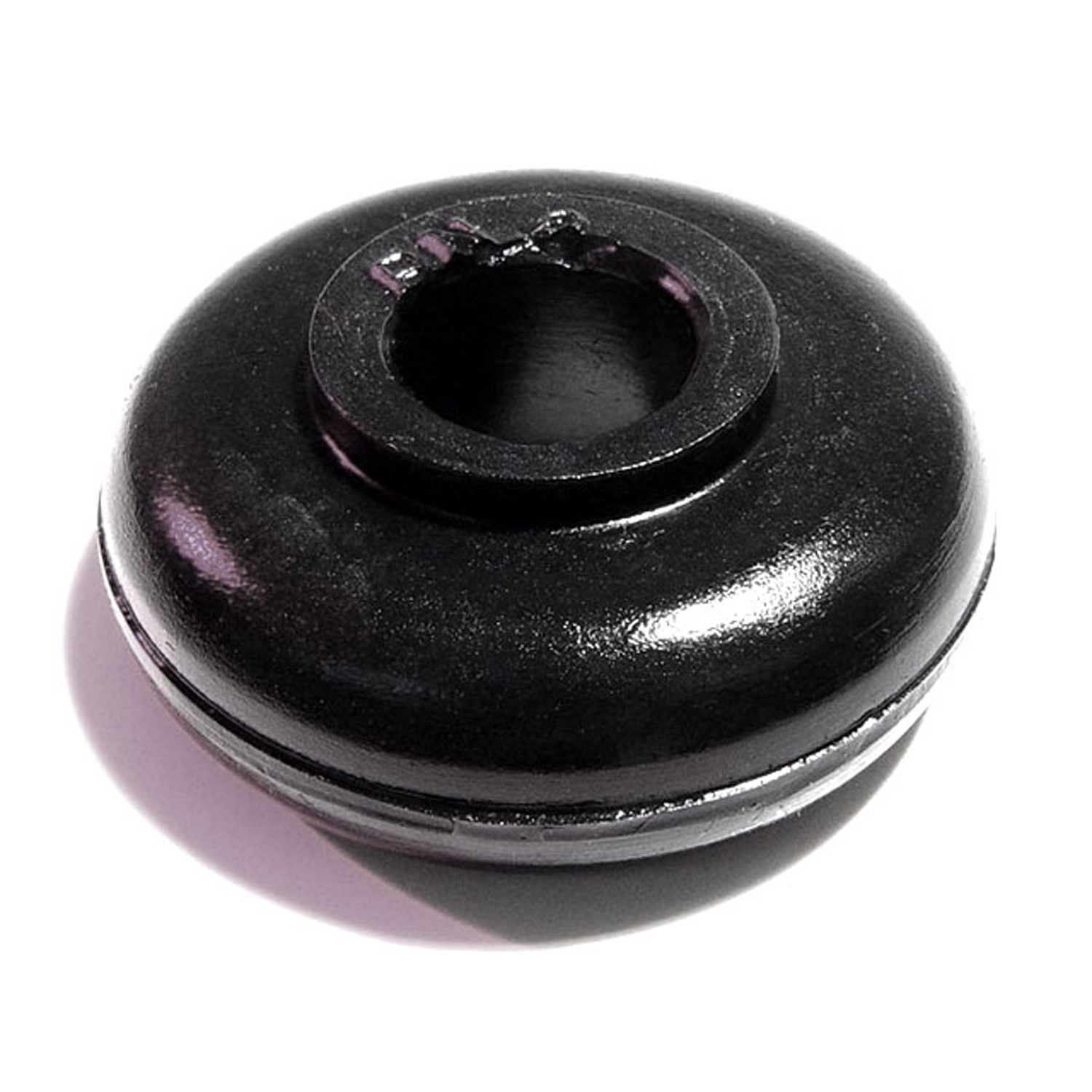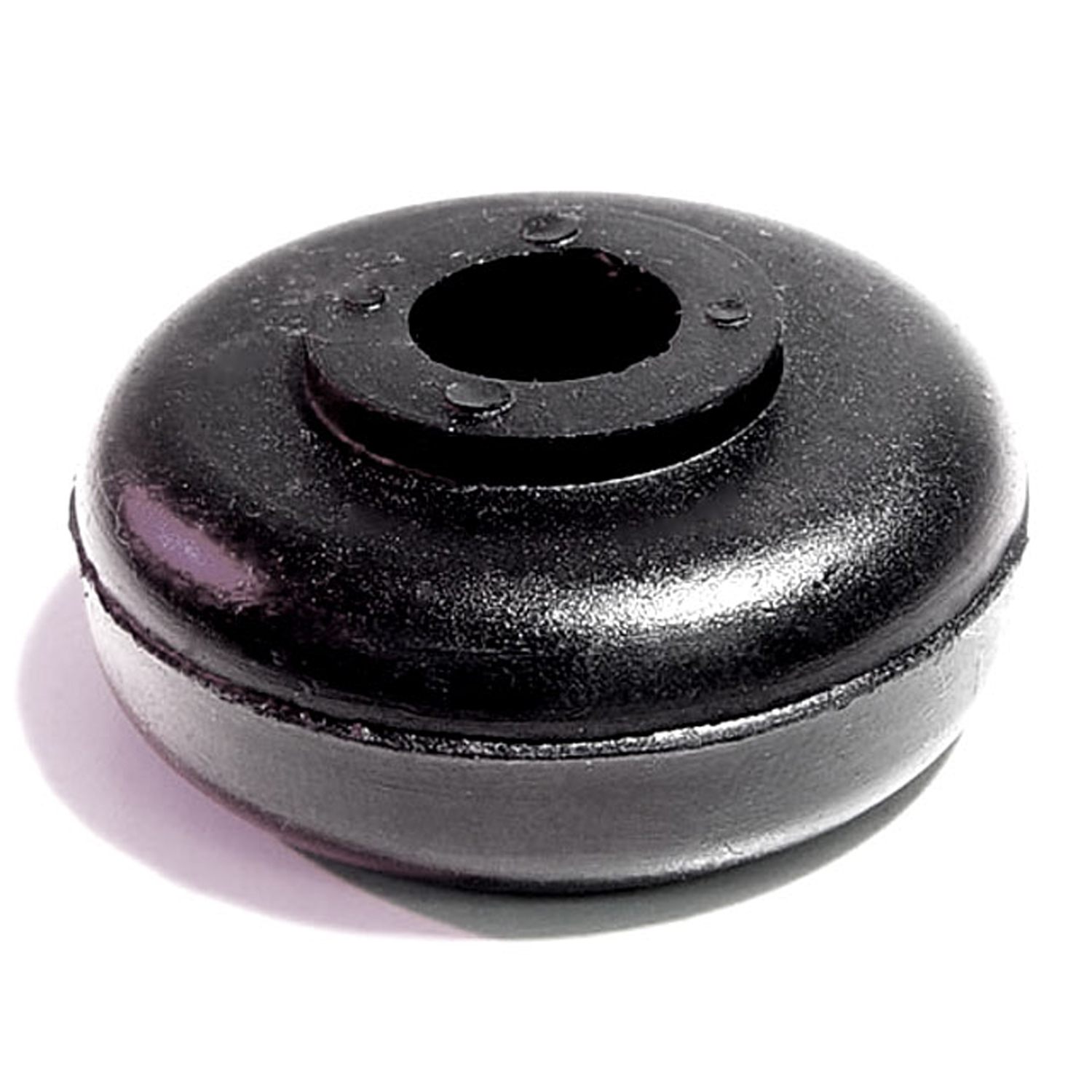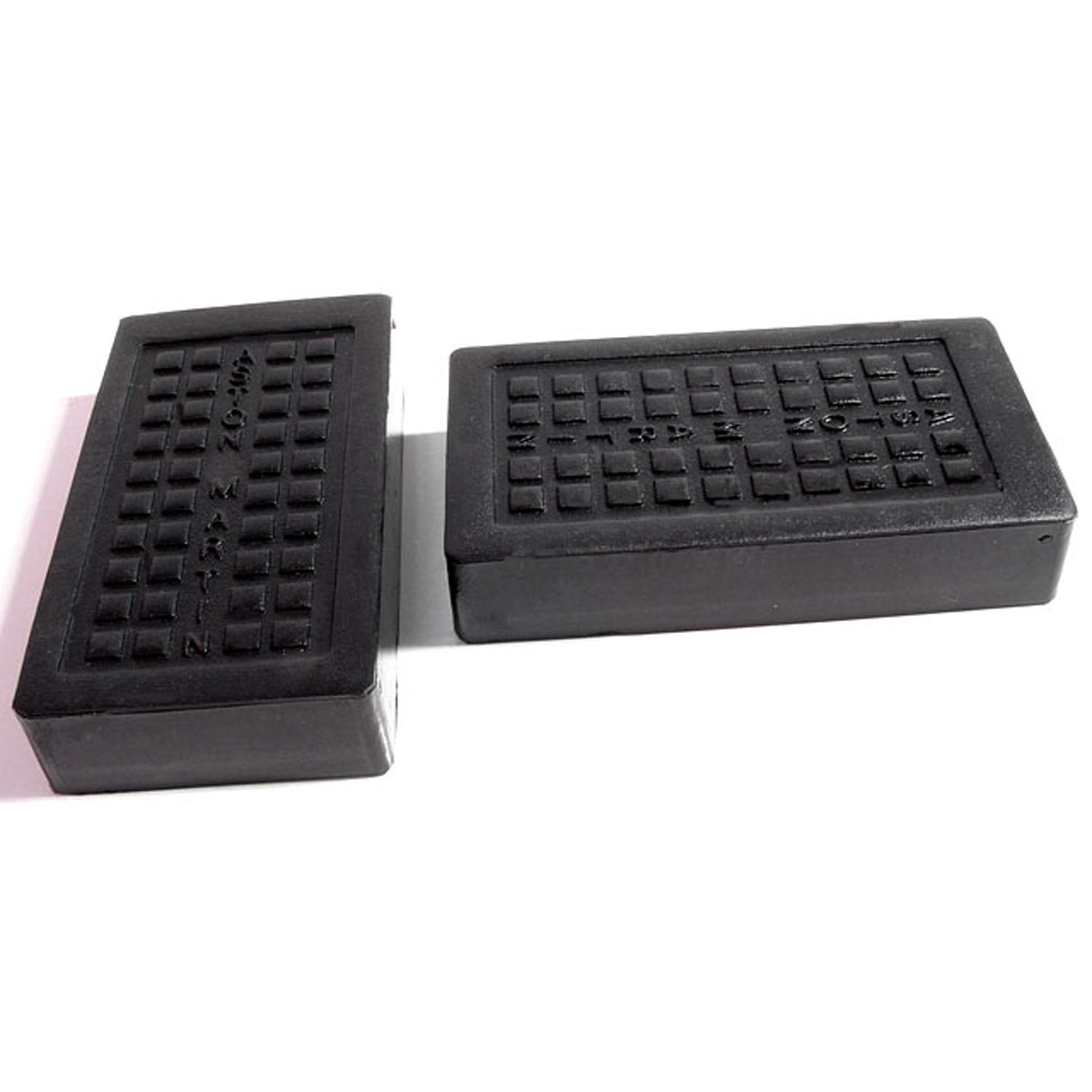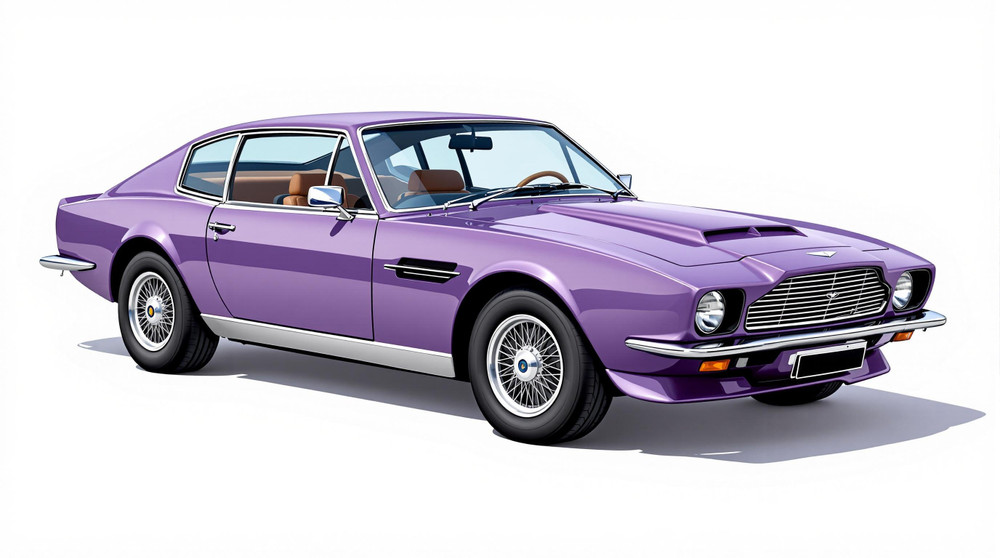Image of 1979 Aston Martin Lagonda, Note: These illustrations use artistic license and may differ from actual historical models.
Performance Metrics
Fundamental Metrics
Emotional Appeal
MMP Rating
| Engine Specifications | |
|---|---|
| Engine: | 5.3L V8 |
| Displacement: | 5340 cc |
| Horsepower: | 280-300 hp |
| Torque: | 302 lb-ft |
| Compression Ratio: | 9.5:1 |
| Ignition System: | Electronic |
| Cooling System: | Liquid-cooled |
| Performance Specifications | |
| 0-60 Time: | 8.8 seconds |
| 1/4 Mile Time: | Estimated 16.5 seconds |
| Top Speed: | 143 mph |
| Transmission and Drive | |
| Drive Type: | Rear-wheel drive |
| Transmission Type: | 3-speed automatic |
| Fuel and Efficiency | |
| Fuel System Type: | Fuel injection |
| MPG: | Estimated 10-12 mpg |
| Dimensions and Brakes | |
| Brakes: | Disc brakes |
| Wheelbase: | 2916 mm |
| Weight: | 2180 kg |
Note: Specifications for classic cars are given to the best of our ability, considering the limited and variant data available.
1979 Aston Martin Lagonda: A Bold Statement in Automotive History
The 1979 Aston Martin Lagonda is not just a car; it's a statement—a bold declaration of luxury, technology, and design from an era of automotive excess. Born from the prestigious British manufacturer Aston Martin, the Lagonda was introduced during a period of economic challenges and automotive evolution. Its release marked a daring move by the company to redefine luxury sedans with a futuristic approach. The Lagonda quickly became known for its striking wedge-shaped profile and was a standout at the 1976 London Motor Show, capturing the imagination of car enthusiasts worldwide.
Design and Innovation
With its razor-edge lines and low-slung silhouette, the 1979 Aston Martin Lagonda was a departure from traditional design norms. The car's angular aesthetics were penned by William Towns and became a defining characteristic of late '70s to early '80s automotive style. Inside, passengers were enveloped in opulence, surrounded by hand-stitched leather and rich wood accents. But it wasn't just the materials that made the Lagonda's cabin special; it was also home to one of the first digital LED instrument panels and touch-sensitive controls—technological marvels of their time.
The color palette for the Lagonda ranged from understated hues to vibrant shades, with popular choices including Canterbury Blue and Imperial Burgundy. While only available as a four-door saloon, this body style was iconic enough to leave its mark on automotive history.
Historical Significance
The 1979 Aston Martin Lagonda didn't just turn heads—it turned the page on what was expected from a luxury sedan. It challenged contemporaries with its avant-garde styling and advanced electronics, setting a new benchmark for innovation. The Lagonda's influence can be seen in the risk-taking designs and technological leaps that followed in the luxury car segment.
Performance and Handling
Underneath its futuristic skin, the 1979 Lagonda was powered by a 5.3-liter V8 engine that delivered spirited performance for its size and era. With a top speed of around 143 mph and an acceleration from 0-60 mph in approximately 8.2 seconds, it combined grand touring prowess with executive comfort. On winding roads or over imperfections, the Lagonda offered a composed ride, while drivers enjoyed the symphony of its V8 along with tactile feedback through its steering wheel and controls.
Ownership Experience
The Lagonda was more than just a showpiece; it found use as both a daily driver for well-heeled individuals and as an attention-grabber at car shows. Maintenance could be challenging due to its complex electronics and hand-built nature, but for those with the resources, owning a piece of this automotive art was worth every penny.
Fun Facts
This Aston Martin model has graced the garages of celebrities and has occasionally appeared in films, adding to its allure. Despite some criticism over reliability concerns—particularly related to its pioneering digital dashboard—the Lagonda has remained an iconic piece of automotive history.
Collector's Information
Today, collectors vie for the chance to own one of these distinctive machines. With only around 645 units produced between 1974 and 1990 (with fewer than that being the Series 2 model like our 1979 example), rarity is assured. Values have fluctuated over time but have generally trended upwards due to their rarity and unique place in history. Pristine examples can fetch well into six-figure sums at auction or private sale.
Conclusion
The 1979 Aston Martin Lagonda stands as a testament to an era when boldness in design met technological ambition head-on. It remains an object of fascination for collectors and enthusiasts alike—a true icon that continues to captivate with its audacious spirit and luxurious pedigree.
1979 Aston Martin Lagonda Catalog of Parts
 1979 Aston Martin Lagonda Roll Bar Bushing. 1/2" high, with 1/2" hole. Each-BN 2Roll Bar Bushing. 1/2" high, with 1/2" hole. Each
1979 Aston Martin Lagonda Roll Bar Bushing. 1/2" high, with 1/2" hole. Each-BN 2Roll Bar Bushing. 1/2" high, with 1/2" hole. Each 1979 Aston Martin Lagonda Shock Grommet. 9/16" high, 3/8" hole. Each-BN 2-AShock Grommet. 9/16" high, 3/8" hole. Each
1979 Aston Martin Lagonda Shock Grommet. 9/16" high, 3/8" hole. Each-BN 2-AShock Grommet. 9/16" high, 3/8" hole. Each 1979 Aston Martin Lagonda Clutch and Brake Pedal Pads. Perfect reproduction-CB 175Clutch and Brake Pedal Pads. Perfect reproduction. 1-3/4" wide X 3-1/4" long. Pair
1979 Aston Martin Lagonda Clutch and Brake Pedal Pads. Perfect reproduction-CB 175Clutch and Brake Pedal Pads. Perfect reproduction. 1-3/4" wide X 3-1/4" long. PairWhy Choose Metro?
For over 100 years, Metro Moulded Parts has been the pinnacle of quality in classic car restoration parts. Our commitment to precision and authenticity in every component ensures a perfect fit and an OEM-level appearance.
- Expert Craftsmanship & Quality: Each part is a testament to our dedication to reliability and perfection, crafted from original designs and thoroughly tested.
- Advanced Technology: We use cutting-edge techniques to create flawless, long-lasting parts that surpass others in performance.
- SuperSoft Sponge – The Ultimate Door Seal: Not only are our door seals 30% softer than competitors', but they're also guaranteed to never leak. They effectively reduce wind and road noise, enhancing your classic car's comfort and driving experience.
- Proudly American: Our parts are a product of American craftsmanship, made in the USA with a spirit of excellence and heritage.
- Unrivaled Warranty: We back our products with a 30-year industry-leading warranty, a testament to our confidence in their quality.
Join us in preserving the legacy of classic cars with parts that are crafted for perfection, not just made.

